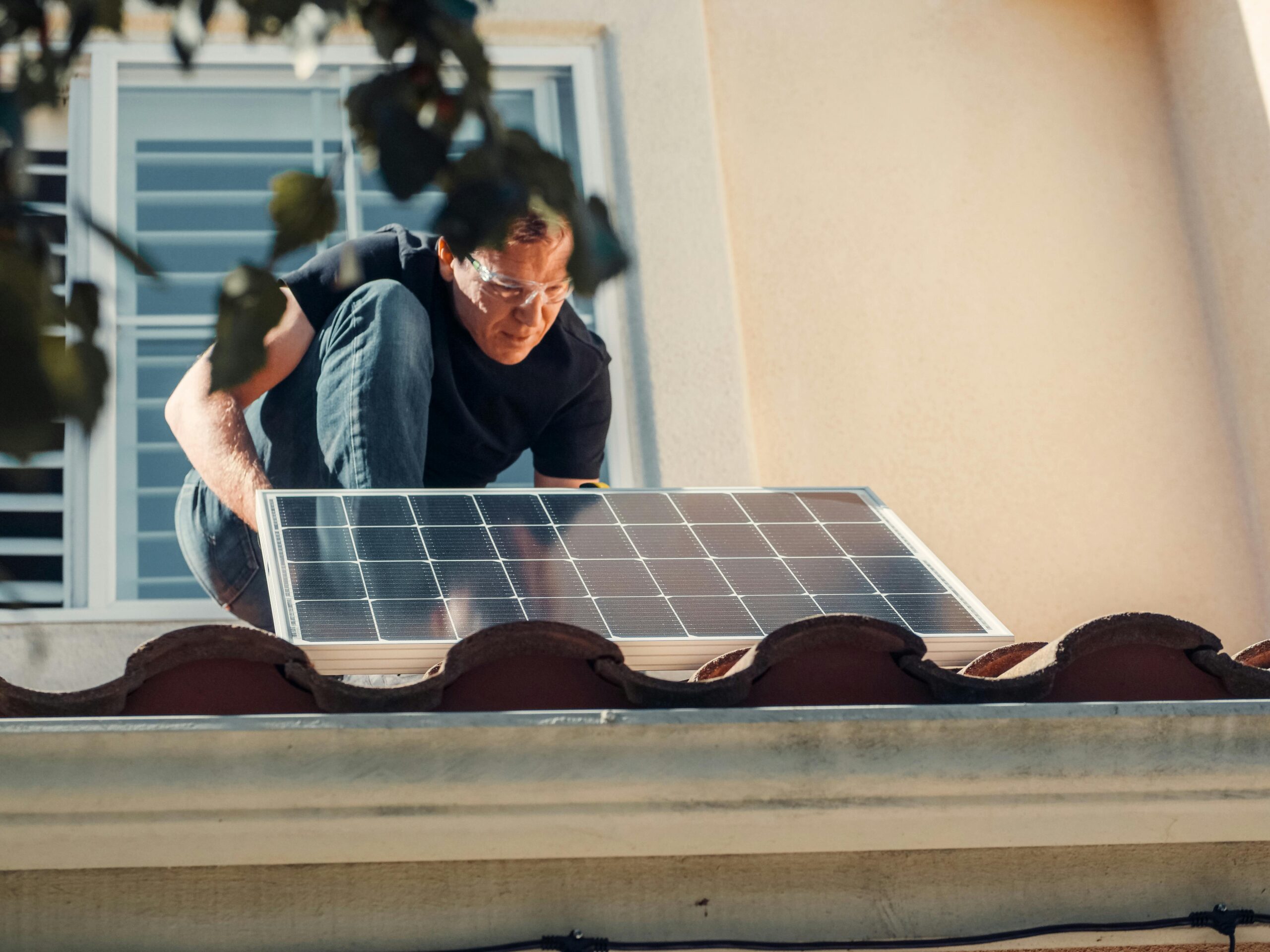By: Matthew Wang
New lightweight easy-to-install solar panels unveiled in the Berlin Trade Fair, starting on March 5th, 2024 have taken the solar power market by storm, selling by hundreds of thousands and making what was previously a difficult and hard to finance infrastructure into a product that can be installed by anyone and plugged into an ordinary house outlet.
These self installable solar panels work by using a converter to change the direct current (DC) produced by the solar panels to alternating current (AC) used by wall circuits, allowing for them to be more flexible and installed without the need for professionals. Due to their convenience, they have been in high demand despite their low individual potency, with over 500,000 units being sold and set up across Germany according to the New York Times. This high demand was also due to the need for self sustainability, generating electricity and forgoing the need to pay rising electricity bills. These solar panels also have a large lifespan, only needing to be replaced every 20-30 years.
As the European Union continues to invest more and more into renewable energy, with 210 billion Euros invested in hopes of increasing the energy produced by solar panels from 257 gigawatts to 600 gigawatts by 2030, these easy-to-install solar panels are spearheading the charge into a more renewable future by giving an affordable option to those hesitant to invest in what typically would be an expensive endeavor. The New York Times states that “[payments for having solar panels] have become less lucrative in recent years, making such large-scale investments less attractive.” With these easy to install and cheap solar panels, potential customers no longer need to worry about an expensive investment, allowing this solar technology to reach more and more people.
The boom in solar panels in Germany reflects the worldwide commitment to switching to renewable energy. Along with the European Union’s investments, the US invested 488 billion into renewable energy in August 2022 according to cleanpower.org, in a global attempt to slow down global warming. Currently, the bulk of energy produced in the European Union is from oil and other fossil fuels, which release greenhouse gasses linked with our warming planet. Moreover, Germany is one of the EU’s largest producers of coal energy, the energy source that is the worst perpetrator of global warming. These solar panels are crucial to prevent the climate crisis, facilitating the replacement of oil and coal based power plants and instead consuming the power of the sun to generate electricity instead.
In addition, this switch to solar has also helped the EU to become less reliant on Russian fossil fuels. With the war in Ukraine, Russian based electricity now comes at the cost of supporting the Russian government’s war, a war that the EU and its NATO allies had been actively fighting against. Despite sanctions on oil products, no such sanctions exist for natural gas, resulting in the EU still buying 41% of Russian natural gas exports according to energyandcleanair.org. According to Bloomberg, Russia made over 5.7 trillion rubles from fossil fuels in the first 6 months of 2024, allowing for the continuation of the war in Ukraine. By cutting off this source of Russian revenue to switch to alternatives such as solar, the EU would help damage the Russian war complex while also reaching for a more self sustainable future.
As solar and other types of renewable energies continue to be developed and invested in, these energy sources pave the way to a more sustainable future. With renewable energy becoming more viable, many nations are choosing to commit to the budding technology In New Zealand for example, more than 50% of its energy comes from renewable sources like biomass and geothermal energy. With these sustainable resources becoming more and more viable, it is clear that humanity’s path forward is a sustainable future.
Image Credit by Kindel Media











